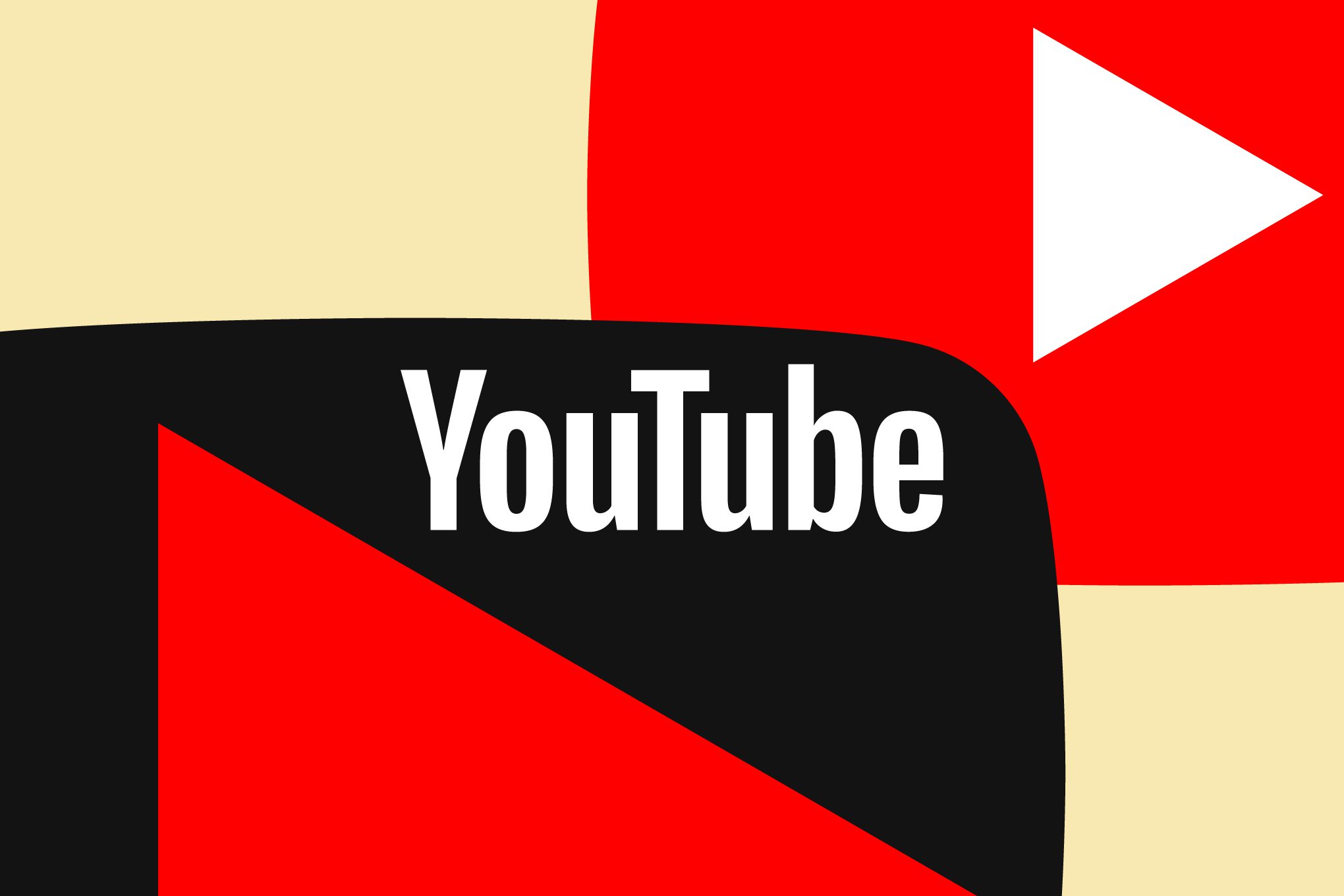YouTube is set to implement new age-restriction policies aimed at content featuring graphic violence in video games, a move that underscores the platform’s commitment to protecting younger audiences.
Policy Update Announcement
On Tuesday, YouTube announced that it will be updating its content policies to impose age restrictions on videos that depict graphic violence in video games. This change is scheduled to take effect on November 17th, and it will specifically target accounts belonging to users under 18 years old, as well as signed-out users. The new guidelines will restrict access to videos that showcase “realistic human characters” involved in scenes characterized by “mass violence against non-combatants” or torture.
Criteria for Age Restrictions
In determining whether a video should be age-restricted, YouTube will consider several factors. These include:
- The length of the graphic scene
- Whether the violence is zoomed in or the main focus of the scene
- Whether the video depicts violence against a character that resembles a real human
However, the specifics of how these criteria will be applied remain somewhat ambiguous. For instance, it is unclear if this policy will extend to games like Grand Theft Auto, which is known for its violent content, or to sequences in Call of Duty, such as the notorious “No Russian” mission. These games often feature realistic graphics and scenarios that could easily fall under the new guidelines.
Clarifications from YouTube
In a statement to The Verge, YouTube spokesperson Boot Bullwinkle provided additional insights into the policy. He noted that “certain content may be age-restricted if it’s non-fleeting or zoomed in,” suggesting that the context and presentation of violence will play a significant role in the decision-making process. Bullwinkle also mentioned that creators have options to mitigate potential age restrictions. For example, they can choose to blur or obscure violent content to make it more acceptable under the new guidelines.
Context of the Policy Change
This policy update builds upon YouTube’s existing framework, which already allows for the restriction of videos featuring “dramatized violence.” Previously, the platform had made exceptions for video games, stating that it generally does not remove dramatized violence when the content is fictional or clearly animated. However, the new guidelines indicate a shift in how YouTube is approaching violent content in gaming.
YouTube’s previous policies had been criticized for being too lenient regarding graphic violence, especially in light of increasing concerns about the impact of such content on younger viewers. The platform has faced scrutiny from parents, educators, and advocacy groups who argue that exposure to violent imagery can have detrimental effects on children and adolescents. By tightening its policies, YouTube aims to address these concerns while still allowing for creative expression within the gaming community.
Implications for Content Creators
The new age-restriction policies could have significant implications for content creators on the platform. Many creators rely on gaming content to attract viewers and generate revenue. With the introduction of stricter guidelines, some creators may find their videos restricted or demonetized, which could impact their income and audience reach.
Content creators will need to adapt to these changes by being more mindful of the content they produce. This could involve editing out graphic scenes, using alternative gameplay strategies, or even shifting their focus to less violent games. The flexibility offered by the option to blur or obscure violent content may provide some relief, but it also requires additional effort and creativity from creators.
Broader Context of Content Moderation
YouTube’s decision to implement stricter age-restriction policies is part of a broader trend in content moderation across social media platforms. As concerns about online safety and the impact of digital content on youth continue to grow, many platforms are reevaluating their policies to ensure that they are fostering a safe environment.
In addition to the new policies surrounding graphic violence in video games, YouTube is also tightening its regulations on online gambling content. The platform will prevent creators from directing users to online gambling involving digital goods, such as video game skins, cosmetics, or NFTs. This move follows a previous decision made in March to restrict verbal mentions or displays of online gambling services not approved by Google. The cumulative effect of these changes indicates YouTube’s commitment to creating a responsible platform that prioritizes user safety.
Stakeholder Reactions
The response to YouTube’s policy updates has been mixed among stakeholders. Advocates for child safety and responsible content consumption have generally welcomed the changes, viewing them as a necessary step toward protecting younger audiences from potentially harmful content. Organizations focused on media literacy and digital citizenship have also expressed support, emphasizing the importance of teaching children how to navigate online spaces responsibly.
On the other hand, some content creators and gamers have voiced concerns about the implications of these restrictions. Many argue that the gaming community is already under scrutiny and that further limitations could stifle creativity and expression. Some creators worry that the age-restriction policies may lead to a chilling effect, where they feel compelled to self-censor their content to avoid penalties.
Future Considerations
As YouTube rolls out these new policies, it will be crucial for the platform to monitor their impact on both content creators and viewers. The effectiveness of the age-restriction measures will depend on how well they are enforced and whether they successfully address the concerns they aim to mitigate. YouTube may need to engage in ongoing dialogue with creators, parents, and advocacy groups to refine its policies based on feedback and evolving societal norms.
Moreover, the gaming industry itself may also need to adapt in response to these changes. Game developers and publishers could consider implementing more robust content warnings or parental controls to help guide players and their families in making informed choices about the games they engage with. The intersection of gaming and content creation on platforms like YouTube presents unique challenges, and collaboration among stakeholders will be essential in navigating this landscape.
Conclusion
YouTube’s decision to age-restrict content featuring graphic violence in video games marks a significant shift in its content moderation policies. As the platform seeks to balance user safety with creative expression, the implications of these changes will resonate throughout the gaming community and beyond. The effectiveness of these measures will ultimately depend on their implementation and the ongoing dialogue between YouTube, content creators, and stakeholders invested in the responsible use of digital media.
Source: Original report
Was this helpful?
Last Modified: October 29, 2025 at 5:39 am
1 views















